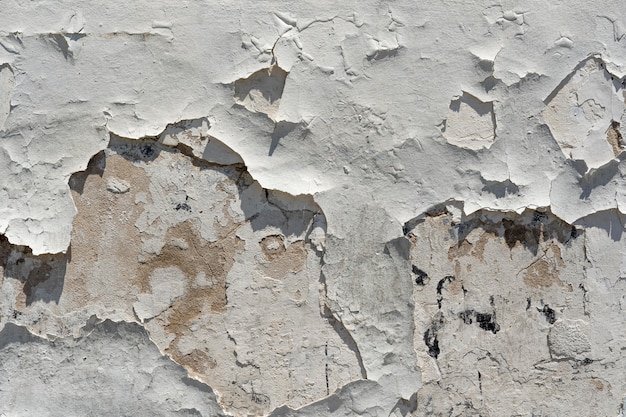
Comprehensive Guide to Residential Mold Detection and Testing
Mold infestation in residential properties is a common issue that can have serious health implications if not addressed promptly. Understanding how to detect and test for mold is crucial for maintaining a healthy living environment. This guide provides a comprehensive overview of the steps involved in mold detection and testing, equipping homeowners with the knowledge to tackle this issue effectively.
Understanding Mold in Residential Properties
Mold is a type of fungus that thrives in damp, warm, and humid conditions. It can grow on a variety of surfaces, including walls, ceilings, and floors, often appearing as black, green, or white patches. Mold can cause a range of health problems, from allergic reactions to respiratory issues, making its detection and removal a priority.
Common Indicators of Mold Presence
- Visible discoloration or patches on walls and ceilings
- Musty or damp odors in certain areas of the home
- Increased allergy symptoms like sneezing, coughing, or skin irritation
- Water damage from leaks or flooding
For more detailed signs to look out for, read more about this topic.
Steps to Detect Mold in Your Home
Detecting mold early can prevent further spread and potential health risks. The following steps provide a structured approach to identifying mold in residential settings.
Visual Inspection
- Conduct a thorough inspection of all areas in the home, especially basements, attics, and bathrooms.
- Check for visible signs of mold as mentioned earlier.
- Look for signs of water damage or leaks which can indicate mold growth.
Learn more in this detailed guide about conducting an effective visual inspection.
Professional Mold Testing
If visual inspection indicates potential mold presence, professional testing can confirm it. Mold testing involves:
- Air sampling to measure the concentration of mold spores in the air.
- Surface sampling to identify specific mold types present on surfaces.
- Bulk sampling where materials are removed to assess mold levels.
Explore further insights here about the importance of professional mold testing.
Interpreting Mold Test Results
Once mold testing is completed, understanding the results is crucial for deciding the next steps in remediation.
Types of Mold Identified
Different mold types have varying health impacts. Common household molds include Aspergillus, Cladosporium, and Stachybotrys (black mold). Identifying the type helps in tailoring the remediation process.
Recommended Remediation Actions
- Professional cleaning and removal of mold-affected materials.
- Repairing water leaks and improving ventilation to prevent recurrence.
- Regular monitoring and maintenance to keep mold at bay.
Find additional information here on interpreting and acting on mold test results.
Conclusion
Mold detection and testing are essential components of maintaining a safe and healthy home environment. By understanding the indicators and processes involved, homeowners can take proactive steps to identify and mitigate mold issues effectively. For more comprehensive insights and guidance, consider consulting detailed resources and experts in the field.